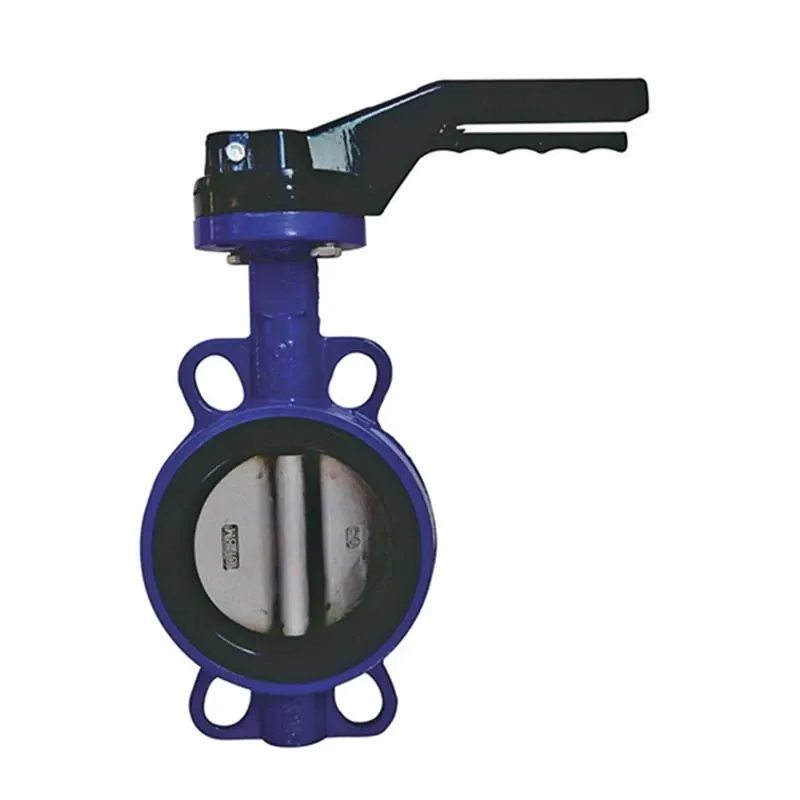Nov . 20, 2024 14:52 Back to list
ball check valve
Understanding Ball Check Valves Functionality and Applications
Ball check valves are essential components in many fluid systems, offering a reliable solution to prevent backflow in pipelines. These devices are designed based on a simple yet effective principle they utilize a spherical ball that moves in response to the flow of liquid. When the flow is in the intended direction, the ball is pushed away from the valve seat, allowing fluid to pass through. Conversely, if the flow tries to reverse, the ball is forced back onto the seat, creating a seal that prevents any backward movement of the fluid.
Structure and Operating Principle
The basic structure of a ball check valve consists of three main parts the body, the ball, and the seat. The body holds the valve together and connects to the piping system, while the ball serves as the moving sealing element. The seat is typically made of a resilient material that provides a tight seal when the ball is in place.
Operating under the principle of gravity and flow dynamics, ball check valves can effectively manage various conditions. The ball, often made from materials such as plastic, stainless steel, or brass, is generally lightweight, which allows for quick response to changes in flow. This instant reaction is crucial in preventing backflow and ensuring the smooth operation of water systems, chemical plants, and other industrial applications.
Advantages of Ball Check Valves
One of the significant advantages of ball check valves is their simplicity. Their design allows for easy installation and maintenance. Unlike other types of check valves that may have intricate mechanisms, ball check valves typically have fewer moving parts, which reduces the chances of mechanical failure.
ball check valve

Another advantage is their versatility. Ball check valves can handle a range of fluid types, including water, oil, and gas, making them suitable for various applications. They work effectively in both horizontal and vertical orientations, which offers flexibility in installation.
Moreover, the sealing mechanism of ball check valves is highly effective, resulting in minimal leakage. This is particularly important in systems where fluid loss can result in significant operational costs or environmental hazards. The smooth surface of the ball also minimizes the risk of debris accumulation, allowing for a consistent flow rate and reducing the likelihood of clogging.
Applications of Ball Check Valves
Ball check valves are widely used across multiple industries. In the water supply and wastewater management sectors, they prevent backflow, ensuring the safety and reliability of municipal water systems. In the oil and gas industry, these valves are crucial for maintaining pressure and preventing the reverse flow of oil or gas during extraction and transportation.
In chemical processing, ball check valves ensure that corrosive or hazardous fluids do not flow backward into the system, protecting both equipment and personnel. They are also commonly found in HVAC systems, irrigation systems, and manufacturing processes where fluid flow must be regulated and backflow must be avoided.
Conclusion
Ball check valves are a vital component of modern fluid systems, providing an efficient and reliable means of preventing backflow. Their simple design, coupled with their effectiveness in various applications, makes them a popular choice for engineers and system designers. As industries continue to prioritize safety and efficiency in fluid management, the role of ball check valves will undoubtedly remain significant, ensuring that systems run smoothly and effectively. By understanding their functionality and applications, professionals can make informed decisions when selecting components for their fluid management systems.
Share
-
Reliable Wafer Type Butterfly Valves for Every IndustryNewsJul.25,2025
-
Reliable Flow Control Begins with the Right Ball Check ValveNewsJul.25,2025
-
Precision Flow Control Starts with Quality ValvesNewsJul.25,2025
-
Industrial Flow Control ReliabilityNewsJul.25,2025
-
Engineered for Efficiency Gate Valves That Power Industrial PerformanceNewsJul.25,2025
-
Empowering Infrastructure Through Quality ManufacturingNewsJul.25,2025